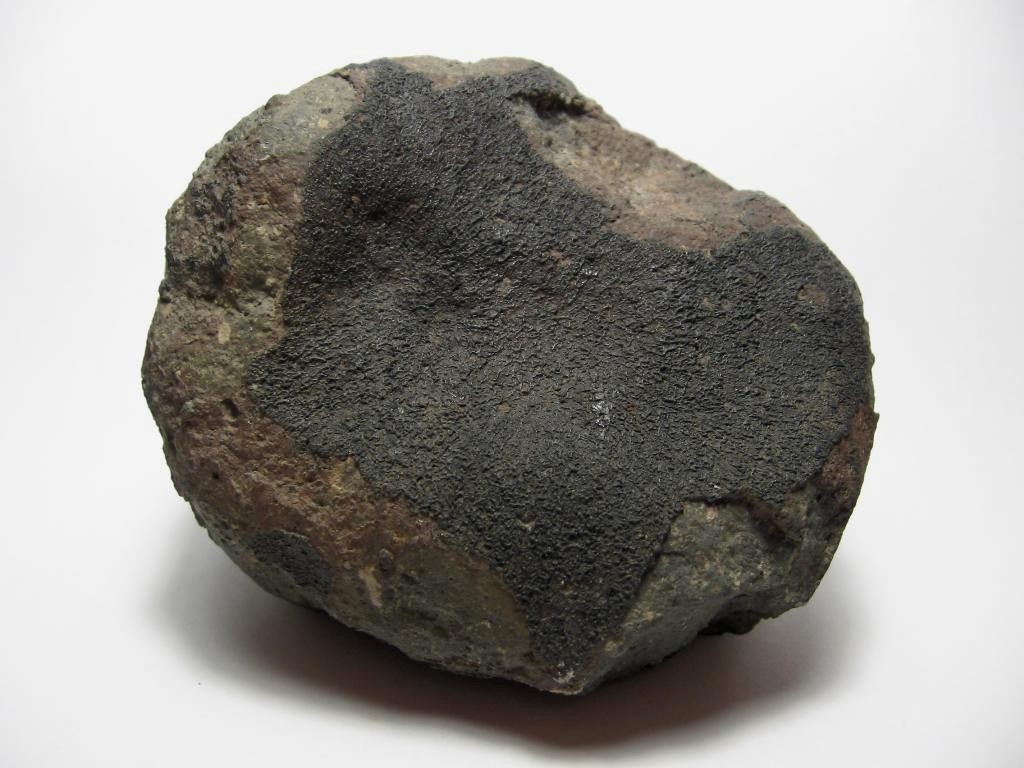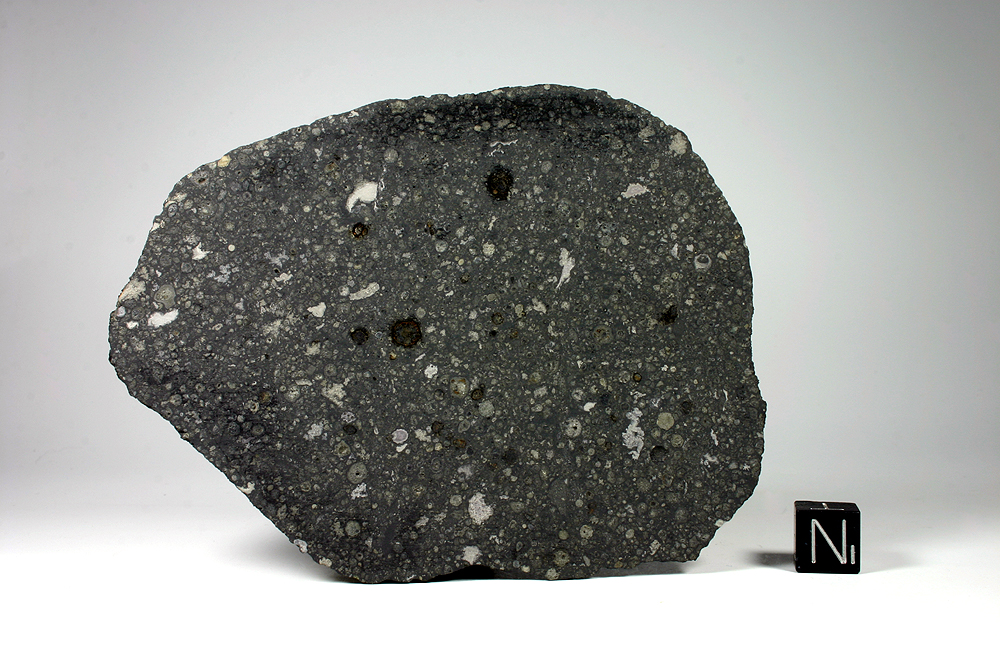quinta-feira, setembro 11, 2025
Pinochet começou a ditadura no Chile há 52 anos...
Postado por
Fernando Martins
às
05:20
0
bocas
![]()
Marcadores: Allende, Chile, ditadores, pena de morte, Pinochet, Salvador Allende, terror, tortura
sábado, fevereiro 08, 2025
O meteorito de Allende caiu há 56 anos
Postado por
Fernando Martins
às
00:56
0
bocas
![]()
Marcadores: Allende, impactes meteoríticos, meteorito, meteorito Allende, México, Panguite, Sistema Solar
quarta-feira, setembro 11, 2024
Pinochet instituiu uma ditadura no Chile há 51 anos...
Postado por
Fernando Martins
às
05:10
0
bocas
![]()
Marcadores: Allende, Chile, ditadores, pena de morte, Pinochet, Salvador Allende, terror, tortura
quinta-feira, fevereiro 08, 2024
O meteorito de Allende caiu, no México, há 55 anos...!
Postado por
Fernando Martins
às
00:55
0
bocas
![]()
Marcadores: Allende, impactes meteoríticos, meteorito, meteorito Allende, México, Panguite, Sistema Solar
segunda-feira, setembro 11, 2023
A ditadura de Pinochet no Chile começou há 50 anos...
Postado por
Fernando Martins
às
00:50
0
bocas
![]()
Marcadores: Allende, Chile, ditadores, pena de morte, Pinochet, Salvador Allende, terror, tortura
quarta-feira, fevereiro 08, 2023
O meteorito de Allende caiu, no México, há 54 anos
Postado por
Fernando Martins
às
00:54
0
bocas
![]()
Marcadores: Allende, impactes meteoríticos, meteorito, meteorito Allende, México, Panguite, Sistema Solar
domingo, setembro 11, 2022
A ditadura de Pinochet no Chile começou há 49 anos...
Postado por
Fernando Martins
às
00:49
0
bocas
![]()
Marcadores: Allende, Chile, ditadores, pena de morte, Pinochet, Salvador Allende, terror, tortura
terça-feira, fevereiro 08, 2022
O famoso meteorito de Allende caiu no México há 52 anos
Allende contains chondrules and CAls that are estimated to be 4.567 billion years old, the oldest known matter (other carbonaceous chondrites also contain these). This material is 30 million years older than the Earth and 287 million years older than the oldest rock known on Earth, Thus, the Allende meteorite has revealed information about conditions prevailing during the early formation of our solar system. Carbonaceous chondrites, including Allende, are the most primitive meteorites, and contain the most primitive known matter. They have undergone the least mixing and remelting since the early stages of solar system formation. Because of this, their age is frequently taken as the "age of the solar system."
When an Allende stone is sawed into two pieces and the surface is polished, the structure in the interior can be examined. This reveals a dark matrix embedded throughout with mm-sized, lighter-colored chondrules, tiny stony spherules found only in meteorites and not in earth rock (thus it is a chondritic meteorite). Also seen are white inclusions, up to several cm in size, ranging in shape from spherical to highly irregular or "amoeboidal." These are known as calcium-aluminum-rich inclusions or "CAls", so named because they are dominantly composed of calcium- and aluminum-rich silicate and oxide minerals. Like many chondrites, Allende is a breccia, and contains many dark-colored clasts or "dark inclusions" which have a chondritic structure that is distinct from the rest of the meteorite. Unlike many other chondrites, Allende is almost completely lacking in Fe-Ni metal.
Composition
There was found to be a small amount of carbon (including graphite and diamond), and many organic compounds, including amino acids, some not known on Earth. Iron, mostly combined, makes up about 24% of the meteorite.
Subsequent reserch
Close examination of the chondrules in 1971, by a team from Case Western Reserve University, revealed tiny black markings, up to 10 trillion per square centimeter, which were absent from the matrix and interpreted as evidence of radiation damage. Similar structures have turned up in lunar basalts but not in their terrestrial equivalent which would have been screened from cosmic radiation by the Earth's atmosphere and geomagnetic field. Thus it appears that the irradiation of the chondrules happened after they had solidified but before the cold accretion of matter that took place during the early stages of formation of the solar system, when the parent meteorite came together.
The discovery at California Institute of Technology in 1977 of new forms of the elements calcium, barium and neodymium in the meteorite was believed to show that those elements came from some source outside the early clouds of gas and dust that formed the solar system. This supports the theory that shockwaves from a supernova - the explosion of an aging star - may have triggered the formation of, or contributed to the formation of our solar system. As further evidence, the Caltech group said the meteorite contained Aluminum 26, a rare form of aluminum. This acts as a "clock" on the meteorite, dating the explosion of the supernova to within less than 2 million years before the solar system was formed. Subsequent studies have found isotopic ratios of krypton, xenon, nitrogen and other elements that are also unknown in our solar system. The conclusion, from many studies with similar findings, is that there were a lot of substances in the presolar disc that were introduced as fine "dust" from nearby stars, including novas, supernovas, and red giants. These specks persist to this day in meteorites like Allende, and are known as presolar grains.
Postado por
Fernando Martins
às
00:52
0
bocas
![]()
Marcadores: Allende, impactes meteoríticos, meteorito, meteorito Allende, México, Panguite, Sistema Solar
sábado, setembro 11, 2021
A ditadura de Pinochet no Chile começou há 48 anos...
segunda-feira, fevereiro 08, 2021
Há 51 anos caiu um famoso meteorito no México
Allende contains chondrules and CAls that are estimated to be 4.567 billion years old, the oldest known matter (other carbonaceous chondrites also contain these). This material is 30 million years older than the Earth and 287 million years older than the oldest rock known on Earth, Thus, the Allende meteorite has revealed information about conditions prevailing during the early formation of our solar system. Carbonaceous chondrites, including Allende, are the most primitive meteorites, and contain the most primitive known matter. They have undergone the least mixing and remelting since the early stages of solar system formation. Because of this, their age is frequently taken as the "age of the solar system."
When an Allende stone is sawed into two pieces and the surface is polished, the structure in the interior can be examined. This reveals a dark matrix embedded throughout with mm-sized, lighter-colored chondrules, tiny stony spherules found only in meteorites and not in earth rock (thus it is a chondritic meteorite). Also seen are white inclusions, up to several cm in size, ranging in shape from spherical to highly irregular or "amoeboidal." These are known as calcium-aluminum-rich inclusions or "CAls", so named because they are dominantly composed of calcium- and aluminum-rich silicate and oxide minerals. Like many chondrites, Allende is a breccia, and contains many dark-colored clasts or "dark inclusions" which have a chondritic structure that is distinct from the rest of the meteorite. Unlike many other chondrites, Allende is almost completely lacking in Fe-Ni metal.
Composition
There was found to be a small amount of carbon (including graphite and diamond), and many organic compounds, including amino acids, some not known on Earth. Iron, mostly combined, makes up about 24% of the meteorite.
Subsequent reserch
Close examination of the chondrules in 1971, by a team from Case Western Reserve University, revealed tiny black markings, up to 10 trillion per square centimeter, which were absent from the matrix and interpreted as evidence of radiation damage. Similar structures have turned up in lunar basalts but not in their terrestrial equivalent which would have been screened from cosmic radiation by the Earth's atmosphere and geomagnetic field. Thus it appears that the irradiation of the chondrules happened after they had solidified but before the cold accretion of matter that took place during the early stages of formation of the solar system, when the parent meteorite came together.
The discovery at California Institute of Technology in 1977 of new forms of the elements calcium, barium and neodymium in the meteorite was believed to show that those elements came from some source outside the early clouds of gas and dust that formed the solar system. This supports the theory that shockwaves from a supernova - the explosion of an aging star - may have triggered the formation of, or contributed to the formation of our solar system. As further evidence, the Caltech group said the meteorite contained Aluminum 26, a rare form of aluminum. This acts as a "clock" on the meteorite, dating the explosion of the supernova to within less than 2 million years before the solar system was formed. Subsequent studies have found isotopic ratios of krypton, xenon, nitrogen and other elements that are also unknown in our solar system. The conclusion, from many studies with similar findings, is that there were a lot of substances in the presolar disc that were introduced as fine "dust" from nearby stars, including novas, supernovas, and red giants. These specks persist to this day in meteorites like Allende, and are known as presolar grains.
Postado por
Fernando Martins
às
00:51
0
bocas
![]()
Marcadores: Allende, impactes meteoríticos, meteorito, meteorito Allende, México, Panguite, Sistema Solar
sexta-feira, fevereiro 08, 2019
O meteorito Allende caiu há 50 anos
Postado por
Fernando Martins
às
00:50
0
bocas
![]()
Marcadores: Allende, impactes meteoríticos, meteorito, meteorito Allende, México, Panguite, Sistema Solar
terça-feira, setembro 11, 2018
A ditadura de Pinochet no Chile começou há 45 anos
quarta-feira, setembro 11, 2013
A ditadura de Pinochet no Chile começou há 40 anos
Em 11 de setembro de 1973, o presidente democraticamente eleito em 1970, Allende sofreu um golpe de estado e o general Augusto Pinochet assumiu o governo, instaurando uma ditadura que iria perdurar por dezassete anos.in Wikipédia






